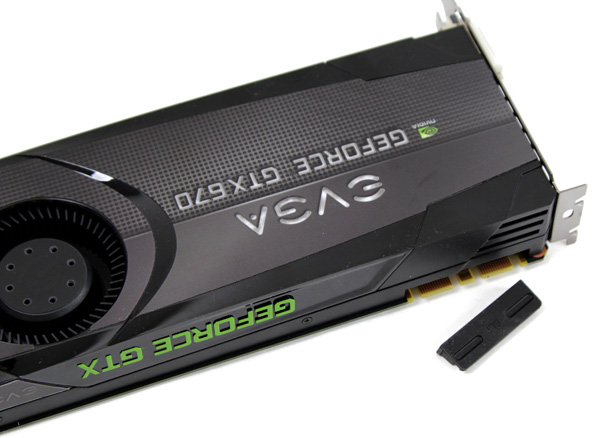Index
Nvidia’s partners were given a green light to use any cooling or PCB for their GTX 670s. Nvidia uses a shorter PCB in order to cut costs, but EVGA didn’t want to skimp here so the company threw in the GTX 680’s PCB and cooling solutions. Note that doing this was not very difficult since both the GTX 680 and GTX 670 use the GK104 GPU and identical memory subsystems.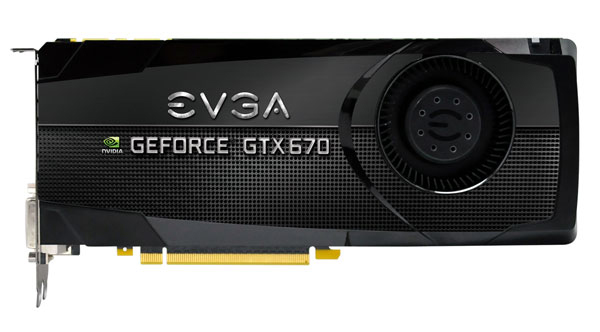

GTX 670’s reference cooling did really well when it comes to performance and noise. The fan is not very loud and working next to a GTX 670 under full load is quite comfortable. Still, reference cooling turns loud quickly once the GPU is overclocked. EVGA GTX 670 FTW’s GPU is overclocked by 91MHz (1006MHz), something which would be too much for the reference cooler to remain silent. However, EVGA ended up using a cooler that did great on performance and noise tests, which we will cover in more detail later on.
GTX 670 FTW is 25,4cm long, just like the GTX 680, while the reference GTX 670 is 24cm long. Although the actual difference in size of GTX 670 and GTX 680 is negligible, their PCBs are in fact sized differently. The difference is 8.2cm. The picture below first shows the GTX 670 FTW, followed by the GTX 670 Superclocked.
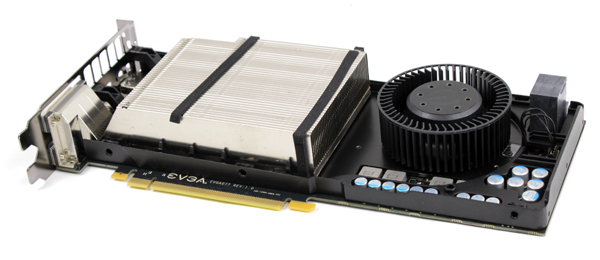
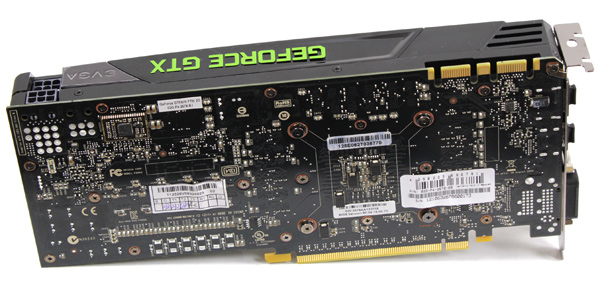
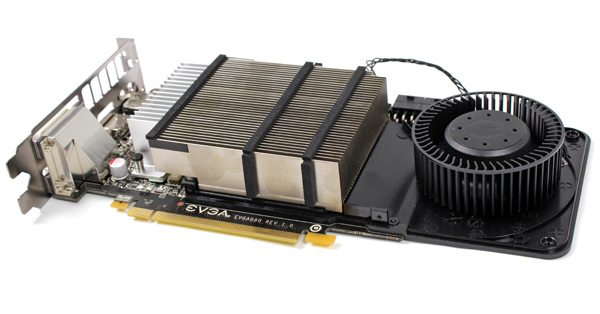
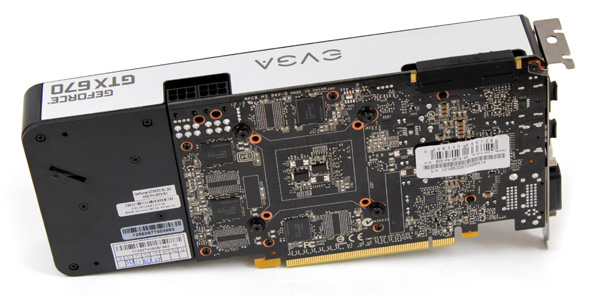
EVGA’s GTX 670 FTW packs a total of 2GB of GDDR5, in eight memory modules. EVGA used Hynix memory chips (model No: H5GQ2H24AFR-R0C), which are specified to run at 1500MHz (6000MHz GDDR5 effectively). EVGA overclocked the memory to 1552MHz (6208MHz effectively).
EVGA’s GTX 670 FTW draws power via two 6-pin power connectors, just like the reference version of the card. Thanks to GTX 680’s PCB, EVGA’s GTX 670 FTW offers superior TDP settings changes (all the way up to +145 percent)
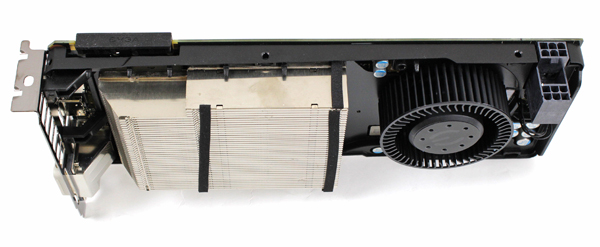
Back when we were testing the GTX 670 Superclocked, we thought EVGA’s backplate would come in pretty handy. Unfortunately, we weren’t granted the wish with the GTX 670 FTW. In case you want it, you’ll have order the GTX 680’s backplate. Naturally, this is not something that you must have, but it does look nice.

The I/O panel has two dual-link DVIs, one HDMI and one Display Port. DVI-to-VGA dongle can only be used on the DVI-I out. The protective caps are quite a nice touch. GTX 680/670 graphics card can run four displays at the same time.
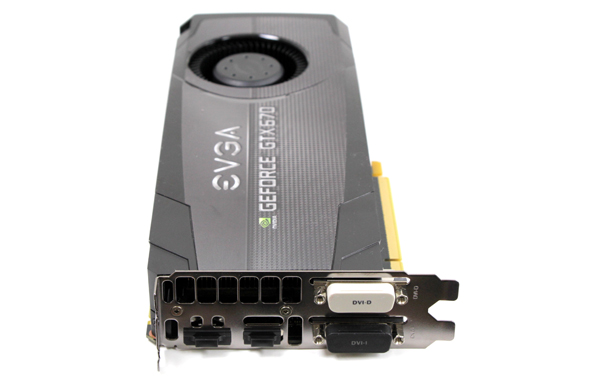
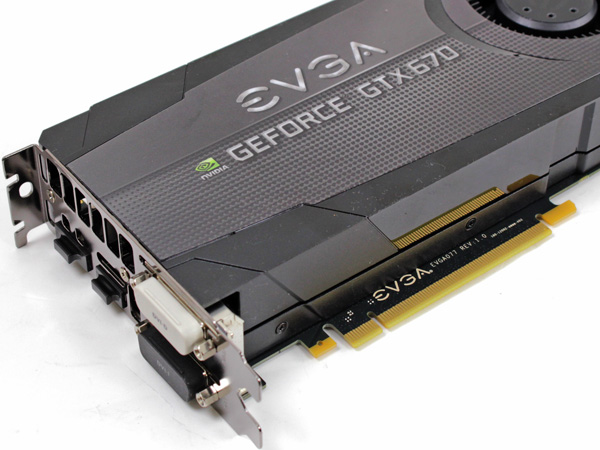
The air exhausts are wider than on the reference card, which means hot air will exit the card faster and in turn help the cooler perform better.
GTX 670 FTW graphics cards come with two SLI connectors, which means it’s possible to daisy chain up to four GTX 670 cards for some serious power.
